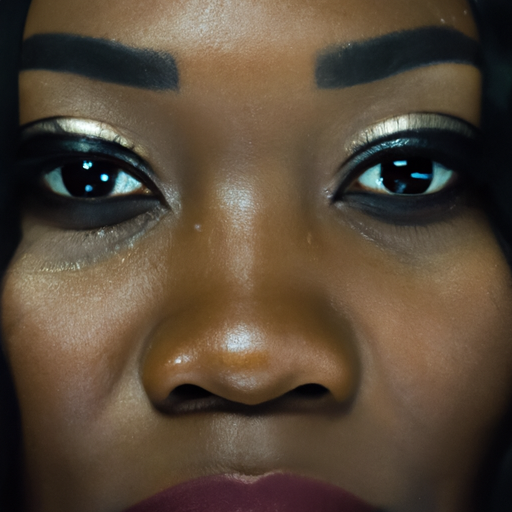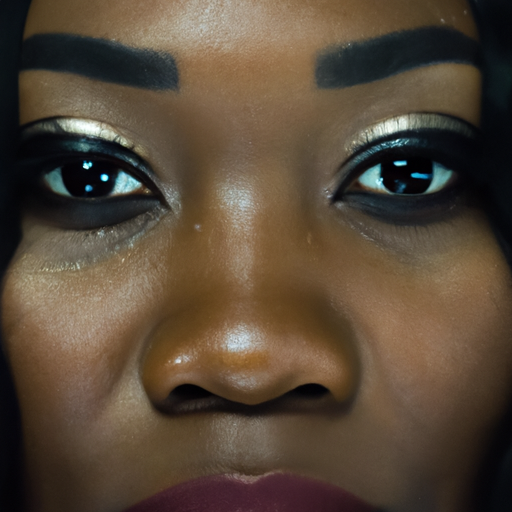Sensitive skin is a common condition, affecting up to 50% of women and 40% of men, according to a study published in the International Journal of Cosmetic Science. Despite its prevalence, it remains a complex and misunderstood condition. This article aims to unmask sensitive skin, providing a comprehensive guide to its diagnosis and treatment.
Sensitive skin is characterized by sensations of discomfort such as stinging, burning, itching, tightness, or tingling in response to stimuli that normally wouldn’t cause such reactions. These symptoms can be triggered by a variety of factors including environmental conditions, cosmetic products, stress, and even certain foods. However, it’s important to note that sensitive skin is not a disease but rather a symptom of an underlying condition.
Diagnosing sensitive skin can be challenging as there’s no definitive test for it. Instead, dermatologists rely on patient history and physical examination. Patients are often asked about their skin care routine, the products they use, their diet, and lifestyle habits. A thorough examination of the skin is also conducted to check for signs of dryness, redness, or inflammation.
In some cases, patch testing may be performed to identify specific allergens that may be causing the skin sensitivity. This involves applying small amounts of various substances to the skin and monitoring for any reactions. However, this test is not always conclusive as some individuals may react to substances during the test but not in their daily life.
Once a diagnosis of sensitive skin is made, the focus shifts to managing the condition. The primary goal of treatment is to identify and eliminate the triggers causing the sensitivity. This often involves making changes to one’s skincare routine and lifestyle habits.
For instance, individuals with sensitive skin are advised to avoid harsh soaps and cleansers as these can strip the skin of its natural oils, leaving it dry and vulnerable to irritants. Instead, they should opt for gentle, fragrance-free cleansers and moisturizers. It’s also recommended to limit exposure to hot water as it can further dry out the skin.
In addition to these changes, individuals with sensitive skin should also protect their skin from the sun. UV radiation can exacerbate skin sensitivity and cause further damage. Therefore, wearing a broad-spectrum sunscreen with an SPF of at least 30 is crucial.
Diet and stress management also play a role in managing sensitive skin. Certain foods, particularly those high in sugar and processed ingredients, can trigger inflammation and worsen skin sensitivity. On the other hand, stress can disrupt the skin’s barrier function, making it more susceptible to irritants. Thus, adopting a balanced diet and practicing stress-reducing activities like yoga or meditation can help improve skin health.
In some cases, topical treatments may be prescribed to soothe the skin and reduce inflammation. These may include corticosteroid creams or ointments, antihistamines, or emollients. However, these should be used under the guidance of a dermatologist as overuse can lead to side effects.
In conclusion, sensitive skin is a complex condition that requires a comprehensive approach to diagnosis and treatment. By understanding the triggers and implementing appropriate skincare and lifestyle changes, individuals with sensitive skin can effectively manage their condition and improve their quality of life. Remember, if you suspect you have sensitive skin, it’s always best to consult with a dermatologist for an accurate diagnosis and personalized treatment plan.




